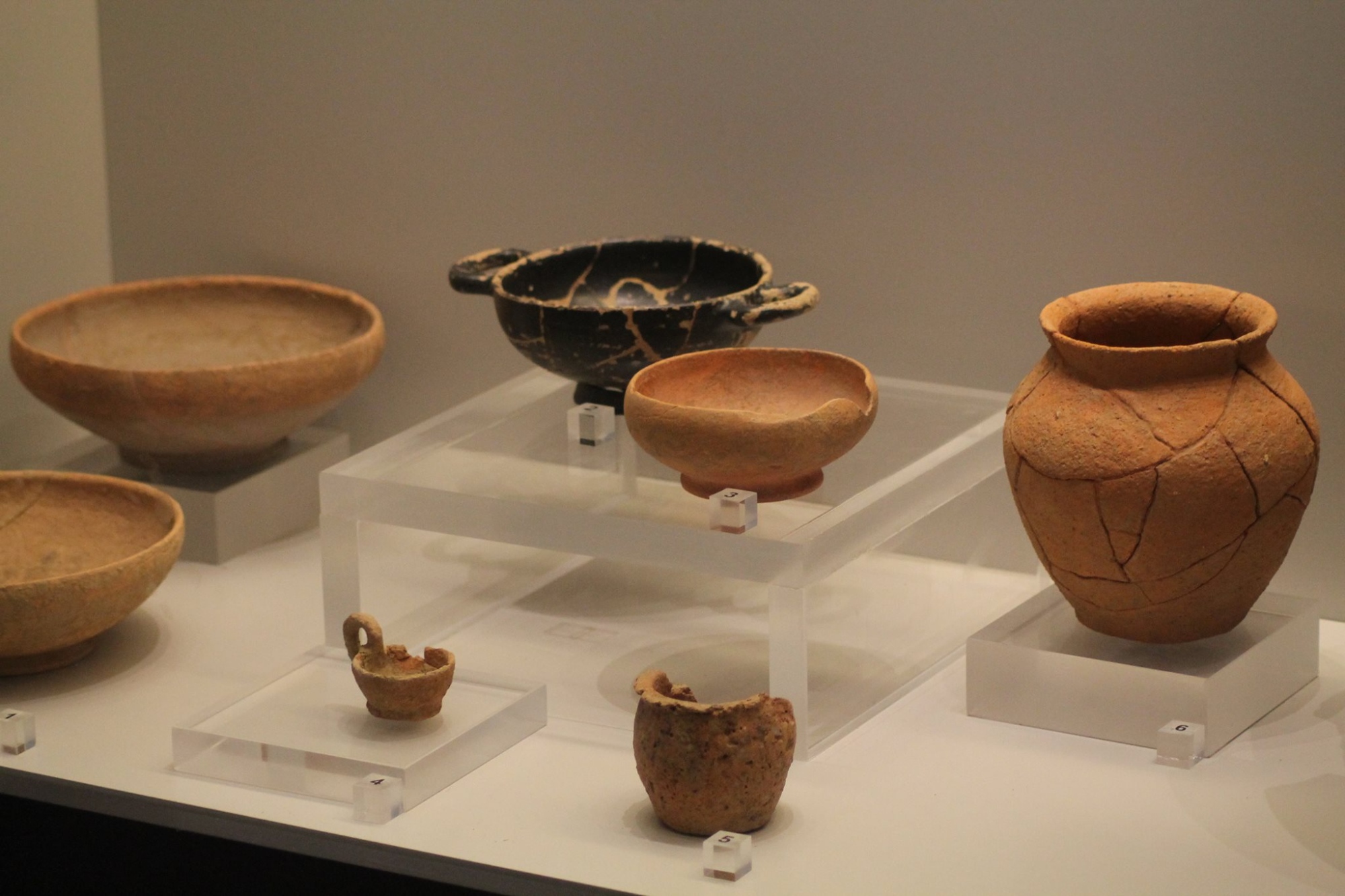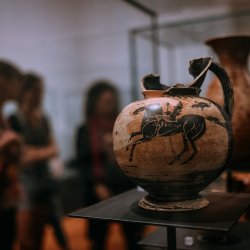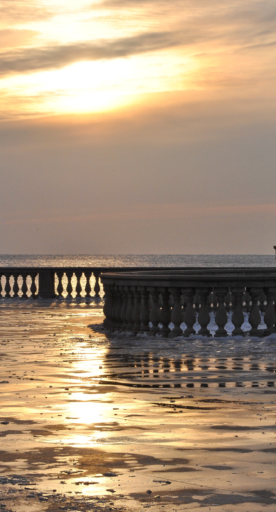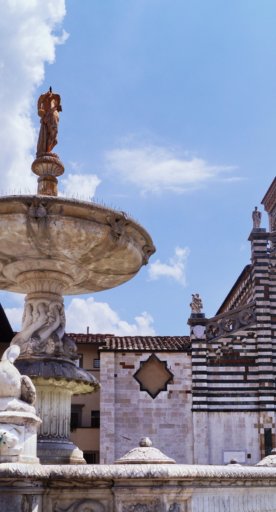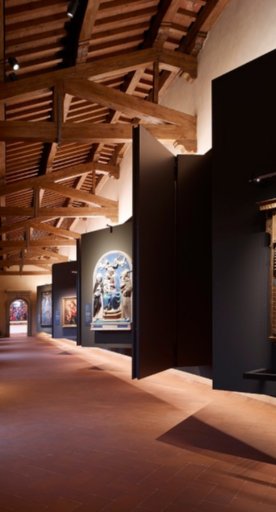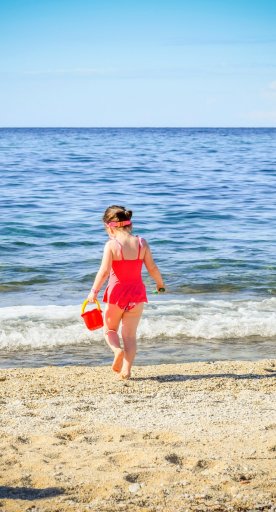The barrier-free museums in Mugello
Museum points, educational workshops and itineraries suitable for all
Mugello is home to the “Museo Diffuso,” being a network of 16 museum points located throughout the territory and divided into 4 systems: the Demo-ethno-anthropological System, Archaeological Heritage System, Historic-Artistic Heritage System and Nature System.
Of these, many are barrier-free museums, with free admission for people with disabilities and their companion.
Let’s look at which sites are accessible.
-
1.Borgo San Lorenzo
-
2.Firenzuola
-
3.Palazzuolo sul Senio
-
4.Dicomano
-
5.Scarperia and San Piero
-
6.Vicchio
Borgo San Lorenzo

Inside Villa Pecori Giraldi—a historic aristocratic mansion with a facade in typical Renaissance style—documents the history of the production of the Manifattura Chini, which in the kilns of Borgo San Lorenzo produced ceramic, stoneware and glass ornaments that were quite popular in the middle-class homes of the Art Nouveau period. Galileo Chini was one of the leading exponents of Italian Art Nouveau and his creations were (and are) appreciated all over the world.
Accessible to people with disabilities, there is also reserved parking near the Museum. Additionally, there is a wheelchair-accessible elevator, accessible toilets and a tactile station for visually impaired visitors.
Firenzuola
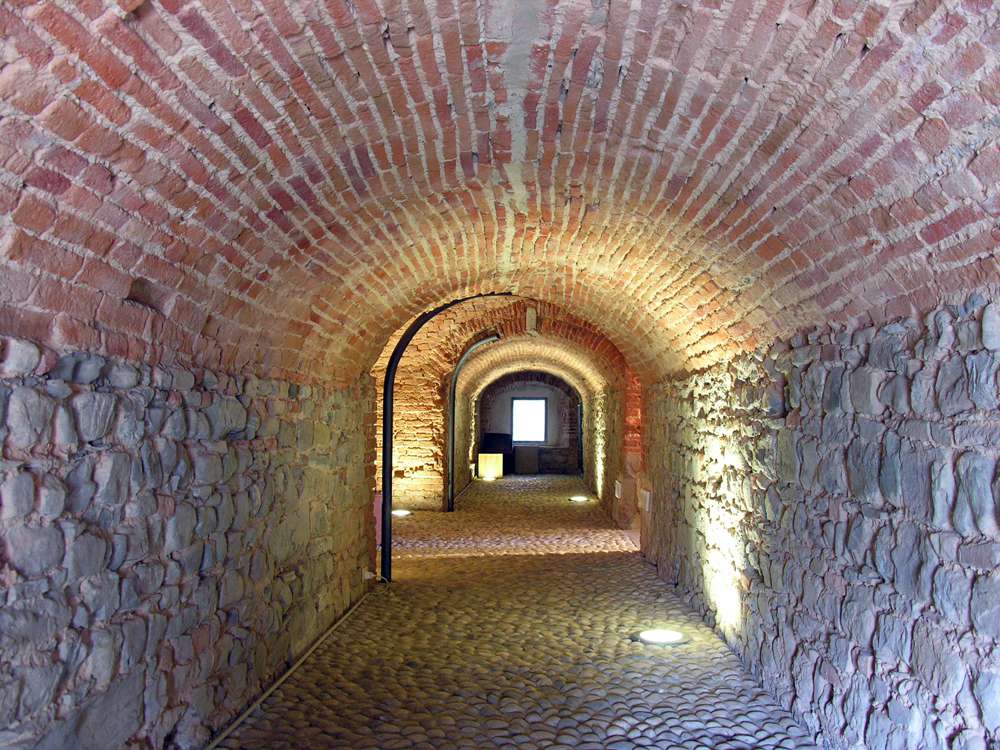
Museum of the Historical Landscape of the Apennines
This Museum is located in the historic premises of the Vallumbrosan Abbey in Moscheta and illustrates the main stages of landscape transformation from the Middle Ages to the present. Guided tours and educational workshops for children are available by appointment.
The Museum is accessible to people with mobility disabilities, but to access the last few rooms, you must exit and re-enter through the back entrance. There is parking 985 feet (300 meters) away, along with a wheelchair-accessible elevator and restrooms.
This museum illustrates the ancient techniques of quarrying and working of pietra serena, houses art and everyday artifacts and tells the story of the connection between pietra serena and the Firenzuola area.
The ground floor of the Museum is accessible to people with disabilities and their escort, via the entrance at the rear of the building. There are parking spaces and restrooms nearby.
Palazzuolo sul Senio
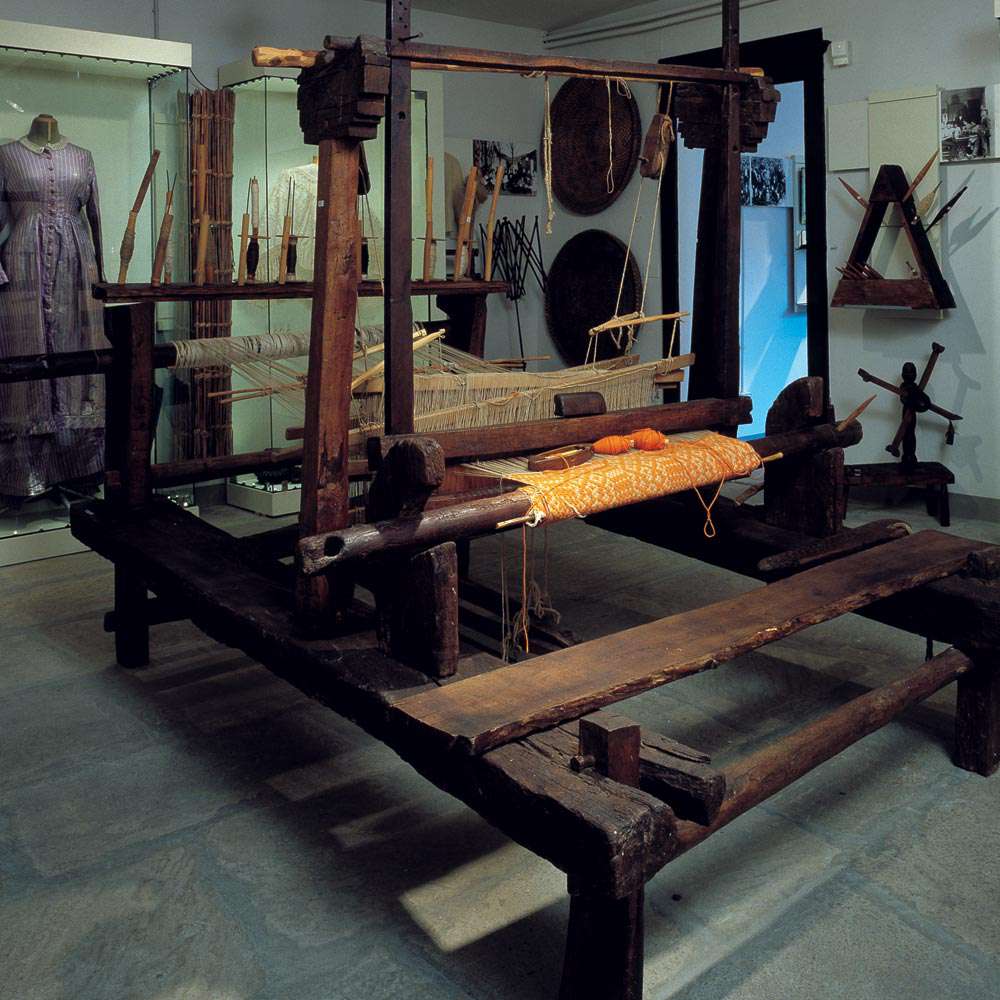
The Museum of Mountain Folk and the Archeological Museum of the Upper Mugello
The Palazzo dei Capitani houses the Museum of Mountain Folk, with a collection boasting over one thousand objects that tell the story of a mountain territory and its community.
On the second floor of the building is the Archeological Museum of the Upper Mugello, whose collection consists of artifacts ranging from prehistoric to Renaissance times. The Museum is accessible to people with disabilities and has nearby parking as well as a wheelchair-accessible elevator and restrooms.
Dicomano
Archeological Museum of Mugello and Val di Sieve
This Museum houses the concrete and significant results of more than 30 years of archaeological investigations in Mugello, Alto Mugello and Val di Sieve, uniting archaeological and historical evidence from the entire area. The Museum is fully accessible and even has valet parking nearby.
Scarperia and San Piero
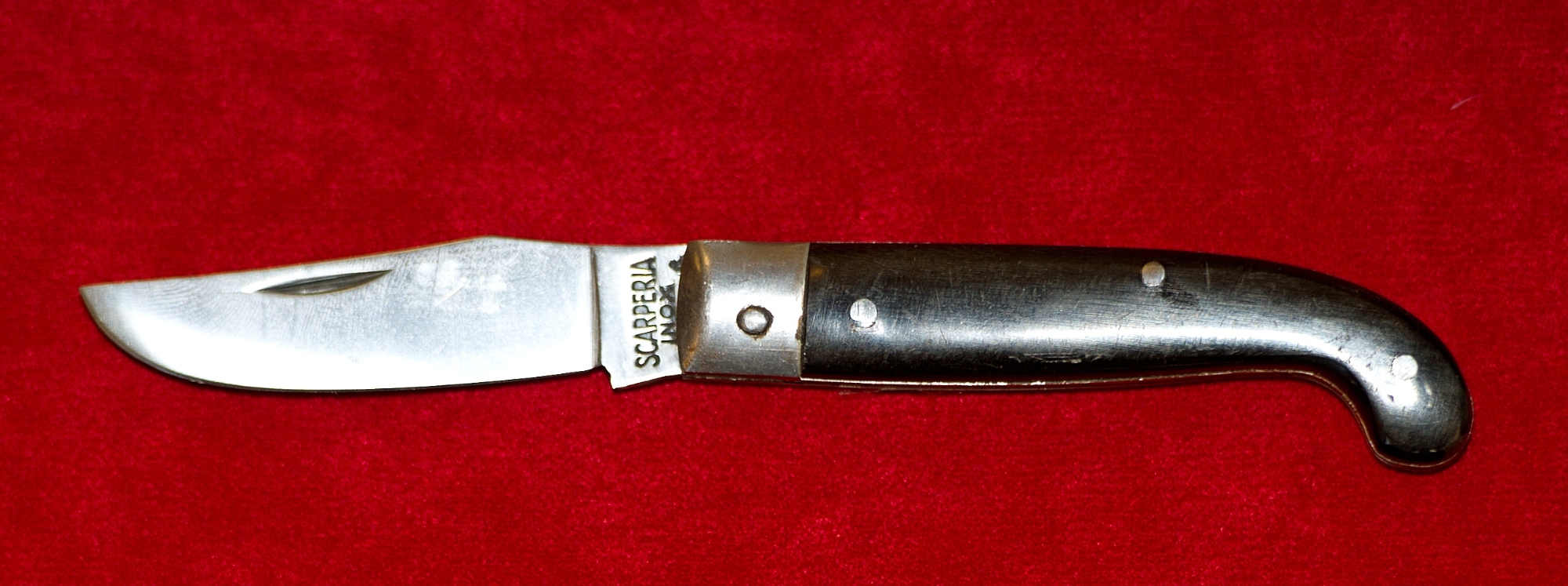
Sant’Agata Collection of Sacred Art
The exhibition came from the need to protect and showcase the many works from abandoned tabernacles and churches in the Sant’Agata area, along with valuable evidence of the artistic life of the parish. Fully accessible.
Archaeological Documentation Center of Sant’Agata
This exhibition documents the main archaeological finds in western Mugello over the truly extensive period from prehistory through the centuries, with remnants from Etruscan and Roman times, concluding with a significant selection of medieval finds. In addition, in the prehistory room, there is a niche where reconstructions of objects are displayed for you to handle. Likewise, fully accessible is the Sant’Agata Museum of Craft and Rural Life - Leprino Museum, with scenes and moving characters designed and created by Faliero Lepri (known as Leprino), who recreated the village of his own childhood with scenes and activities from the daily life and work of the small town of Sant’Agata.
The Ferri Taglienti Museum (Museum of Knives and Cutting Tools) is housed inside the 14ᵗʰ-century Palazzo dei Vicari, paying homage to Scarperia’s craftsmanship with a blade. Also present is an introductory film in Italian Sign Language, writing in Braille and a bench where you can handle the objects.
The museum is accessible, but the bell tower is not accessible. There is nearby parking for people with disabilities and also restrooms.
Videos in Italian Sign Language, texts written in Braille and a tactile station are also included.
Vicchio
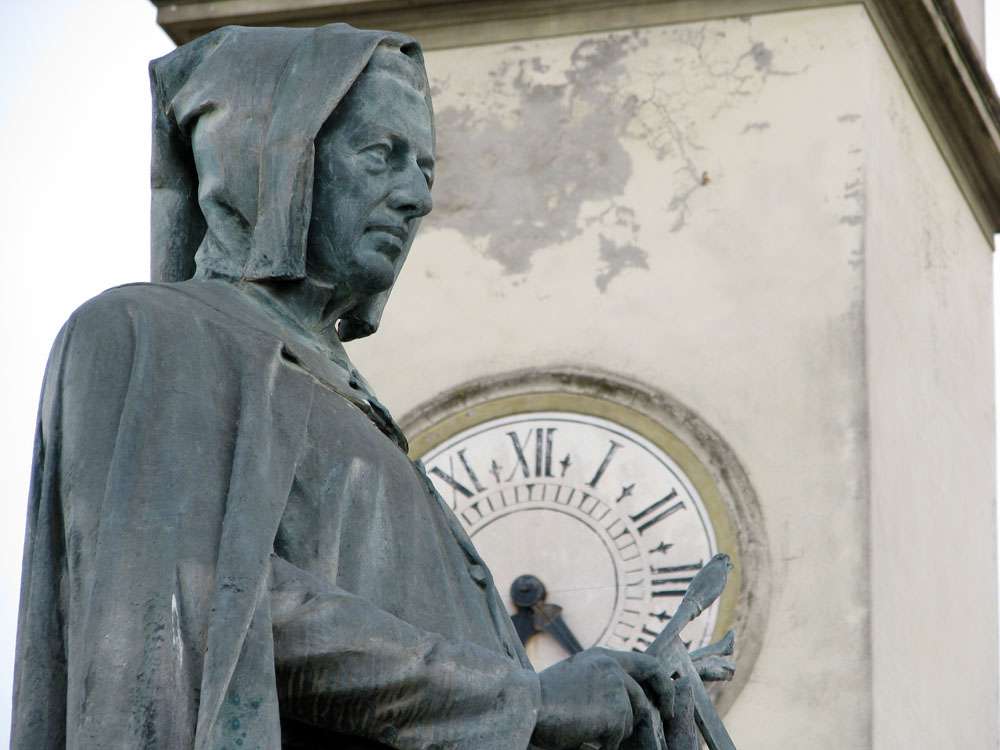
Museum of Sacred Art and Popular Devoutness "Beato Angelico"
The Museum, named after Fra Angelico, collects not only works of art such as canvases, furnishings and liturgical vestments from parishes no longer in operation, but also small objects of local worship. The Museum is accessed via an outdoor ramp. There is also parking nearby and restrooms for people with disabilities.
The ground floor of the Casa di Giotto (Giotto House Museum) is dedicated to the artist himself. Visitors can enjoy both a video on the artist and interactive multimedia stations to enrich a personal path of exploration. The upper floor is a laboratory with two exhibition spaces, along with the color room. The Museum is accessible to people with disabilities accompanied by an escort, while parking is available at the Museum entrance upon request. A lift and bathrooms accessible to standard-sized wheelchairs are available.

